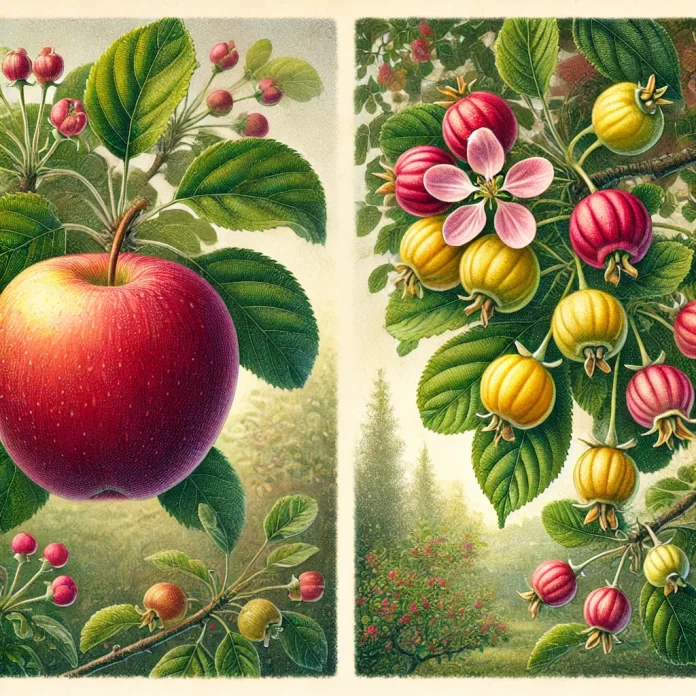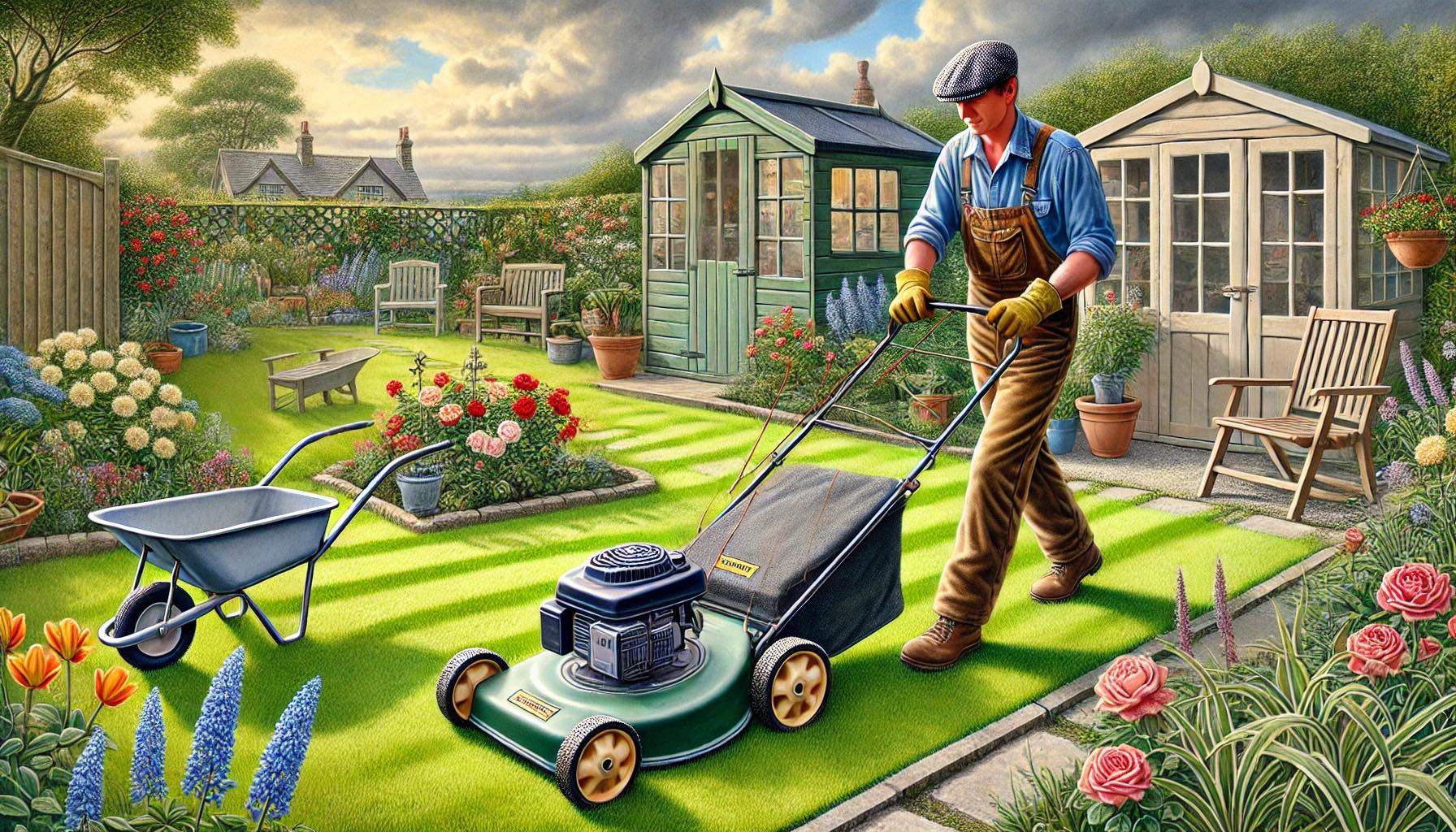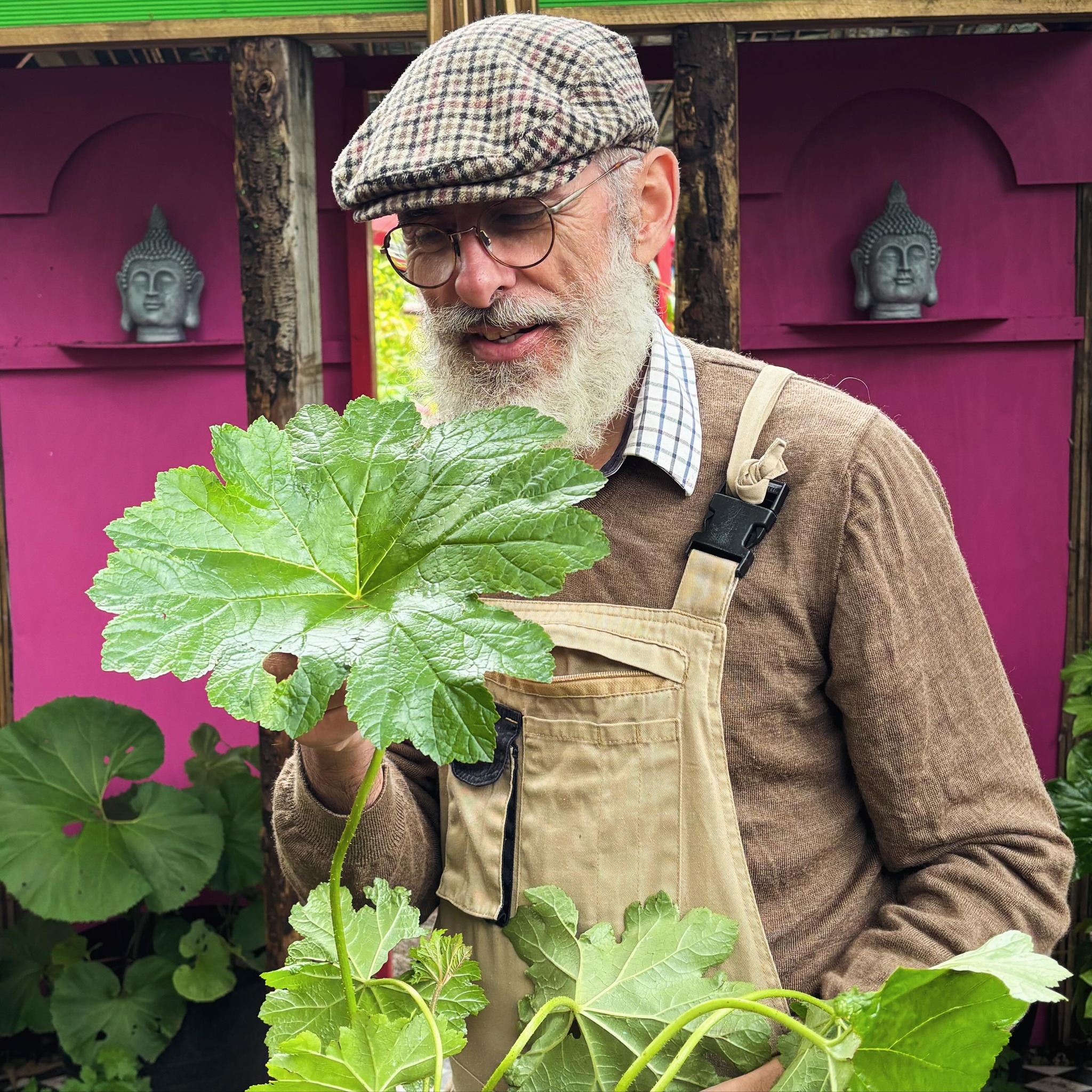When strolling through a garden or countryside, you may encounter two types of fruit-bearing trees that appear quite similar but differ greatly in size and use: apples and crab apples. Though they both belong to the genus Malus in the Rosaceae family, these fruits have distinct characteristics that set them apart.
What Are Apples?
Apples (Malus domestica) are the cultivated fruits we’re all familiar with—larger, sweeter, and widely grown for eating fresh, cooking, or making cider. These trees have been selectively bred over centuries to produce large, flavorful fruit. There are thousands of apple varieties, ranging from the tart Granny Smith to the sweet Honeycrisp.
- Size: Typically, apples are larger than crab apples, with diameters exceeding 2 inches (5 cm).
- Taste: Apples tend to have a balance of sweetness and acidity, making them versatile for eating fresh or using in desserts, sauces, and beverages.
- Uses: Apples are prized for culinary purposes, including baking, juicing, and drying.
- Trees: Apple trees are cultivated varieties often found in orchards, requiring pruning and care for optimal fruit production.
What Are Crab Apples?
Crab apples, on the other hand, are the wild relatives of cultivated apples. They include all species and varieties in the Malus genus that bear fruit smaller than 2 inches (5 cm) in diameter. Unlike their cultivated counterparts, crab apples are rarely eaten raw due to their sharp, sour flavor. However, they’re an excellent source for ornamental beauty and culinary creations like jams and jellies.
- Size: The defining characteristic of crab apples is their small size, typically less than 2 inches in diameter.
- Taste: Crab apples are much more tart and acidic than regular apples, though some varieties can be mildly sweet.
- Uses: Crab apples are often used to make preserves, jelly, and cider. They also provide an important food source for wildlife and are prized for their ornamental flowers in spring and colorful fruit in autumn.
- Trees: Crab apple trees are often grown as ornamentals for their showy blossoms and compact size.
Key Differences Between Apples and Crab Apples
| Feature | Apples | Crab Apples |
|---|---|---|
| Size | Larger than 2 inches | Smaller than 2 inches |
| Taste | Sweet, mild, or tart | Tart, acidic, sometimes bitter |
| Uses | Eaten fresh, baking, juicing | Jellies, preserves, ornamental |
| Tree Type | Cultivated fruit trees | Wild or ornamental trees |
The Overlap: Can You Eat Crab Apples?
Yes, crab apples are edible! While their intense tartness makes them unappealing for fresh eating, they are rich in pectin, which makes them perfect for creating jams and jellies. Some modern varieties, such as Malus ‘Evereste’ or Malus ‘John Downie’, have fruit that is sweeter and can be cooked into delicious preserves.
Why Grow Crab Apples?
Crab apple trees are not just for their fruit; they offer numerous benefits to gardeners:
- Ornamental Value: Their stunning spring blossoms and vibrant autumn fruit make them a favorite choice for landscaping.
- Pollination Partners: Crab apples are excellent pollinators for apple trees. Their flowers attract bees and other pollinators, boosting fruit production in orchards.
- Wildlife Habitat: The small fruits feed birds, while the trees provide shelter for insects and small animals.
Conclusion
While apples and crab apples share the same botanical heritage, they serve different purposes in the garden and kitchen. Apples are the cultivated stars of orchards, prized for their sweet and versatile fruit. Crab apples, though less celebrated, bring ornamental beauty, wildlife benefits, and unique culinary uses. Whether you’re planting an orchard or enhancing your garden with seasonal interest, both apples and crab apples have something special to offer.




